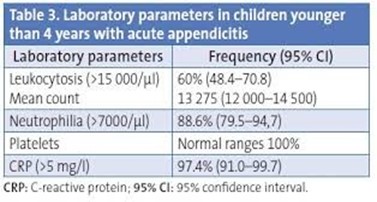A patient is receiving a 3% saline continuous IV infusion for hyponatremia. Which assessment data represents an adverse outcome (side effect) of this infusion?
There are crackles throughout both lung fields.
The patient's radial pulse is 105 beats/min.
There is sediment and blood in the patient's urine
The blood pressure increases from 66/50 to 122/74 mm
The Correct Answer is A
A 3% saline solution is a hypertonic solution used to increase serum sodium levels in cases of severe hyponatremia. However, it can lead to fluid overload and pulmonary edema. The presence of crackles throughout both lung fields indicates the accumulation of fluid in the lungs, which is a serious adverse outcome.
The patient's radial pulse rate of 105 beats/min is within a normal range and does not directly indicate an adverse effect of the saline infusion.
The presence of sediment and blood in the patient's urine may be unrelated to the 3% saline infusion and could indicate other issues such as urinary tract infection or kidney injury.
An increase in blood pressure from 66/50 to 122/74 mmHg is an expected effect of a hypertonic solution like 3% saline, as it can cause an increase in intravascular volume. While the increase in blood pressure is significant, it does not represent an adverse outcome specific to the infusion itself.
Nursing Test Bank
Naxlex Comprehensive Predictor Exams
Related Questions
Correct Answer is B
Explanation
In a child with acute appendicitis, it is common to observe an elevated white blood cell count (WBC) as a response to the infection or inflammation associated with the condition. The neutrophil count may be within the lower end of the normal range or slightly decreased, as it can be affected by the severity and duration of the appendicitis. The red blood cell count (RBC) appears to be within the normal range. The lactic acid level is normal, indicating no significant metabolic acidosis.

Correct Answer is D
Explanation
These symptoms suggest the possibility of deep vein thrombosis (DVT), which is a potentially serious complication following surgery. DVT occurs when a blood clot forms in a deep vein, commonly in the lower extremities. The symptoms of a swollen, warm, and painful calf can indicate the presence of a DVT.
DVT is a medical emergency that requires immediate attention and intervention to prevent further complications such as a pulmonary embolism (where the blood clot travels to the lungs). Prompt evaluation and treatment, such as anticoagulant therapy, are necessary to prevent complications
Whether you are a student looking to ace your exams or a practicing nurse seeking to enhance your expertise , our nursing education contents will empower you with the confidence and competence to make a difference in the lives of patients and become a respected leader in the healthcare field.
Visit Naxlex, invest in your future and unlock endless possibilities with our unparalleled nursing education contents today
Report Wrong Answer on the Current Question
Do you disagree with the answer? If yes, what is your expected answer? Explain.
Kindly be descriptive with the issue you are facing.
